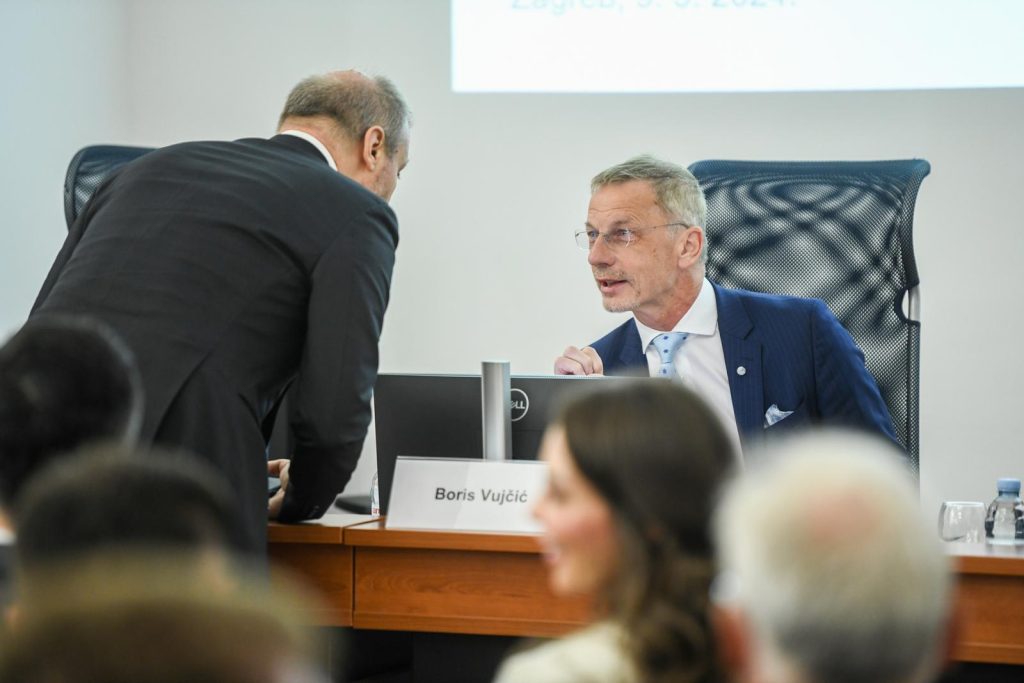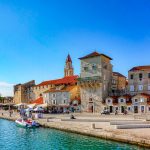June the 18th, 2024 – Inflation may be slowing down, but Croatian prices in the hotel and restaurant sector aren’t. Service charges are also on a steep upward trajectory with no sign of calming.
As Poslovni Dnevnik/Jadranka Dozan writes, when asked to comment on the summer tourist season, new tourism minister Tonči Glavina stated that he had called on the Croatian Parliament a few days ago for the tourism sector to “pay attention to the relationship between prices and supply”.
He added that there’s no guest who will end up dissatisfied with Croatian prices if the service is of good quality.
He discussed the challenges of this year’s season, to which some more marked attention will definitely be drawn by the European Championship and the Olympic Games. Glavina is however still convinced that “according to all parameters, Croatia definitely have a good tourist season”.
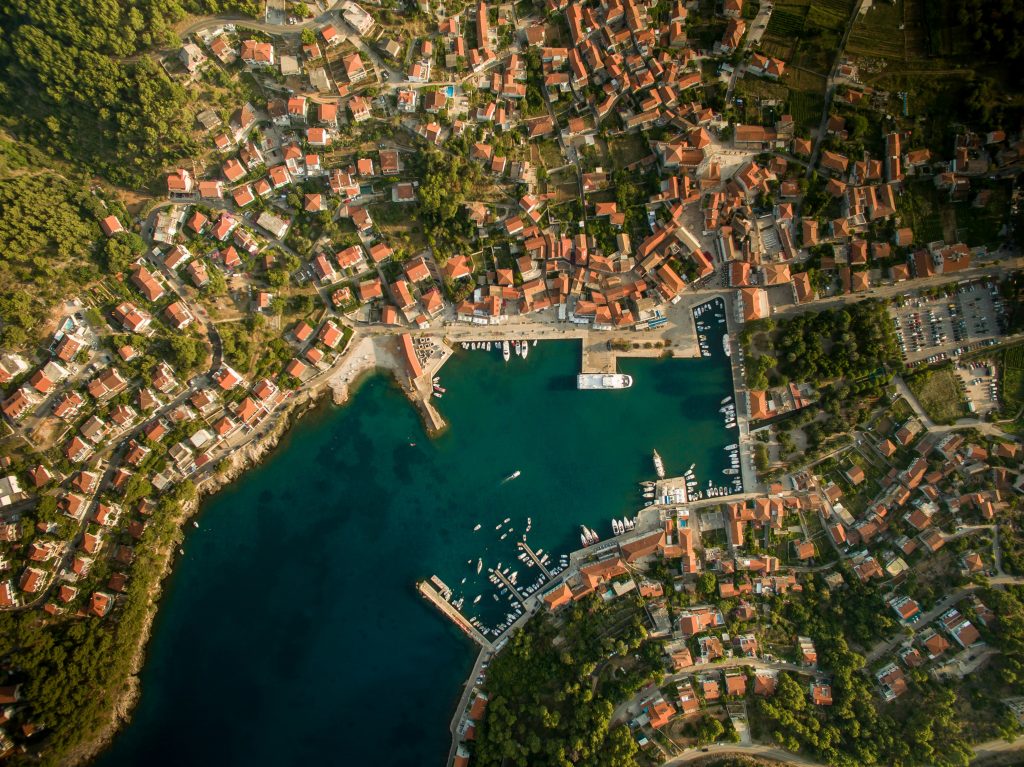
Given that the latest statistical data on inflation and the structure of the current main drivers of the growth of Croatian prices fit into the new minister’s appeal on the relationship between prices and (quality) of offer, the tourism industry and consumers must have a different view.
According to the State Bureau of Statistics (CBS), when we compare May 2024 to May 2023, Croatian prices in restaurants and hotels increased the most, by 10.7 percent (according to the harmonised index, almost 12 percent).
This rise in prices is followed by transportation prices, which rose by a little less than six percent in that year. At the same time, in the case of food and non-alcoholic beverages, annual growth slowed down to 2.8 percent under the influence of base effects.
Looking at things on a monthly level, restaurants and hotels lead the way as far as price increases are concerned. Compared to April in this category alone, a price increase of 1.1 percent was recorded, while the total monthly inflation amounted to only 0.1 percent. This is because the mitigating effect was cheaper transportation (which decreased by 0.7 percent) and housing costs and utilities (which saw a decrease of about 0.4 percent).
“croatian prices in tourism are a double-edged sword”
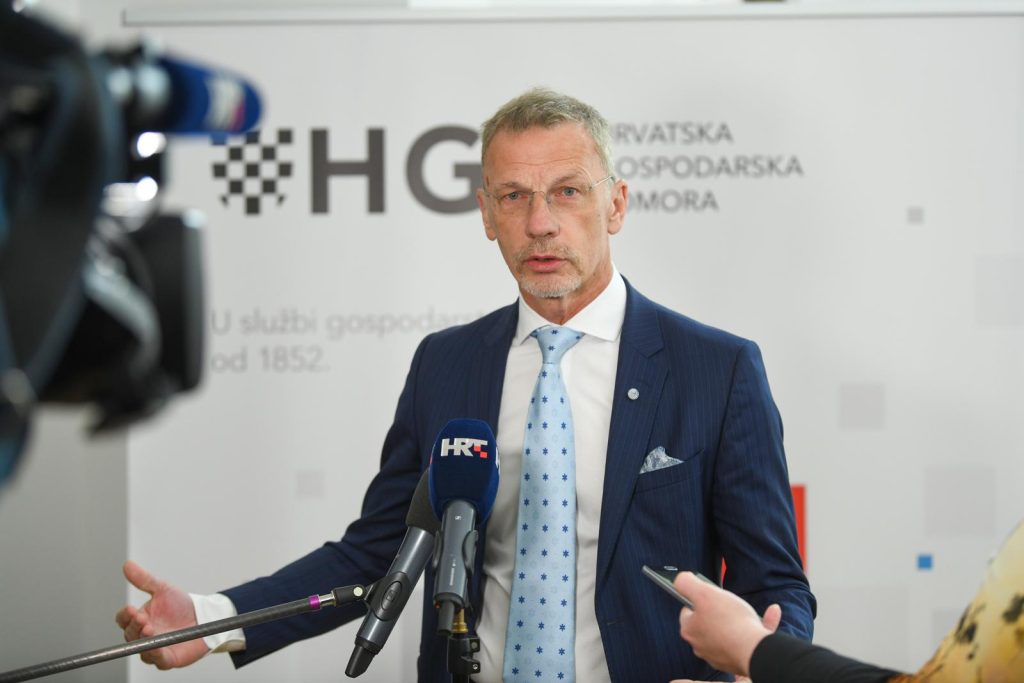
Croatian National Bank Governor Boris Vujčić recently pointed out that inflation is currently almost entirely generated from services, especially tourist services, such as accommodation and restaurants.
“When we look at Croatian prices in tourism, we should take into account that this is bad for Croatia on the one hand, because prices are rising and services are less affordable for the local population, but at the same time, this also means an improvement in trade conditions, since most of these services are exports,” he stated, before noting that relative prices for Croatia are continuously improving, as well as that he believes the inflation rate will continue to decrease.
recent data paints a more unexpected picture
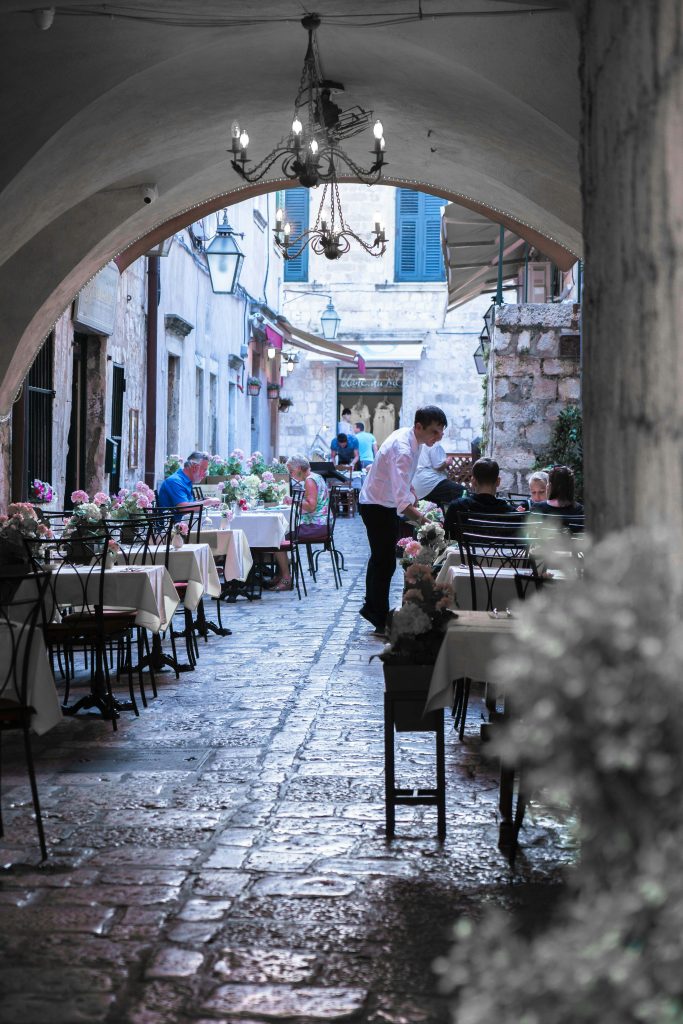
The very recently published data published by the CBS on the prices of service activities/providers over the first quarter of 2024 provides a somewhat different, if not rather unexpected picture in relation to current Croatian prices for services and tourism.
In total, compared to the same quarter of 2023, these prices increased by 5.5 percent, while among the only three service industries in which a year-on-year decrease was recorded were travel agencies, tour operators and other reservation services, with a drop in prices for 0.6 percent.
Lower prices compared to the first three months of 2023 were recorded only in information services and programme broadcasting. At the same time, services in the category of other professional, scientific and technical activities went up the most, by as much as 22.4 percent. This is particularly associated with services related to projects financed with money from EU cash (especially within the framework of the National Recovery and Resilience Plan).
The second highest growth in annual comparisons in the first quarter of this year was recorded by postal and courier services, with an average price increase of as much as 19 percent. This above-average price increase was also highlighted by the services of businesses from the group of protective and investigative activities (with a 15 percent price increase on annual level).
When it comes to the consumer price index and the main components of inflation, the area of services has seen very stubborn inflationary pressures. Inflation of that component still exceeds six percent in annual comparisons. At the same time, the annual price growth in the food, beverage and tobacco category slowed down to 3.2 percent, and energy stood at 1.9 percent annual growth at the end of May. Industrial non-food products (excluding energy) have gone up in price at least in the past year, by 1.5 percent.
croatian prices in the telecom industry

The prices of all goods and services for personal consumption that make up the basket for calculating inflation also rose slightly on average on a monthly basis in May (admittedly, by a minimum of 0.1 percent). In terms of annual comparisons, this continued the slowdown in inflation, which after several months of stagnation started again in April.
The second estimate published yesterday by state statisticians confirmed that the annual rate, according to the national consumer price index, dropped from 3.7 to 3.3 percent last month. According to the methodologically somewhat more comprehensive harmonised index (HICP), which is used in comparisons with other EU countries, inflation is usually somewhat higher, and in May it slowed down from 4.7 to 4.3 percent.
According to the structure of the consumer price index, the communications category recorded an annual growth of 3.2 percent, i.e. slightly less than overall inflation. This particular category is also a reminder that price pressures are still ongoing. As of this month, Croatian prices set by telecom operator services have been increased. They have become more expensive due to the inflation clause (HT by 6.5 percent, and A1 by 6.9 percent).
However, it’s worth noting that all of these price increases will be part of the inflation calculation for June. In any case, the price of services has continued to rise more strongly here in Croatia than it has in the rest of the Eurozone. Strong pressures on the real growth of the total income of employees also contribute significantly to this.

